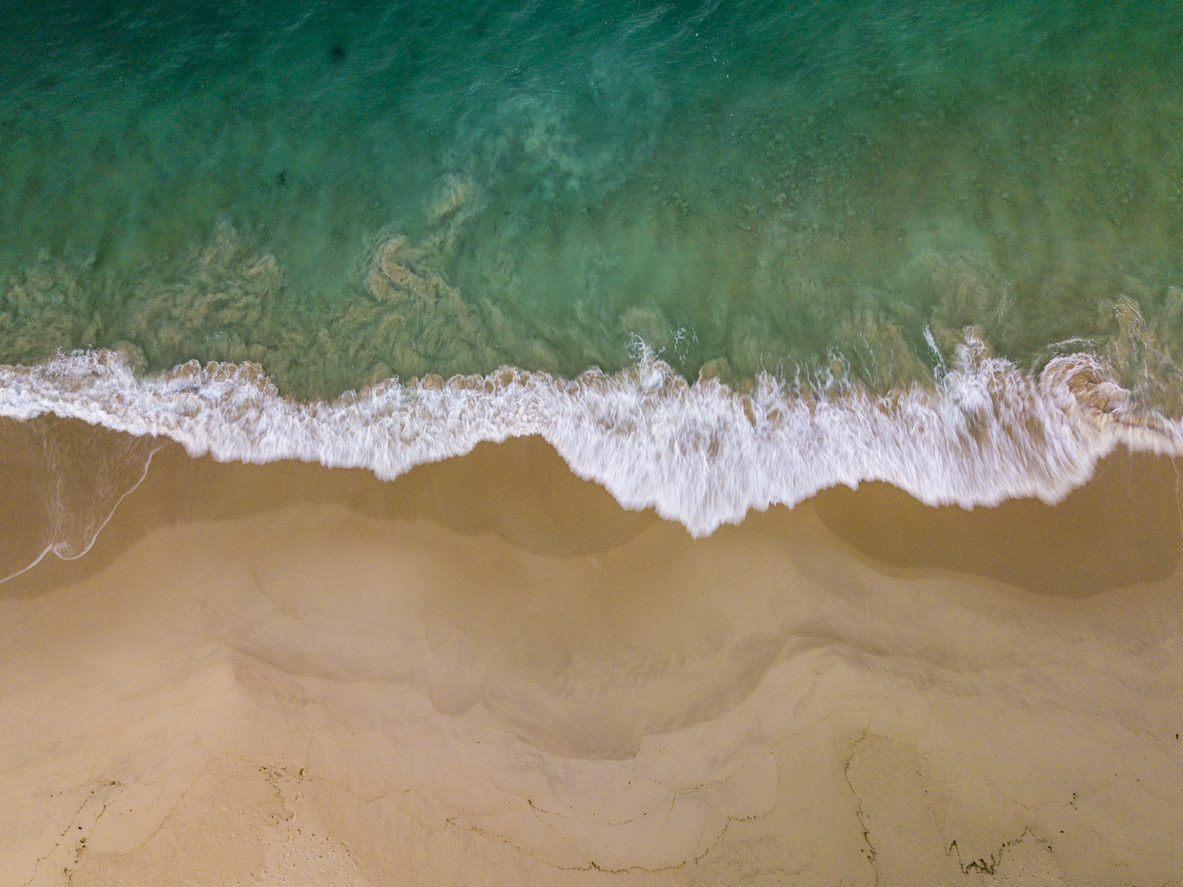Swimming Safety Tips for the Ocean

The ocean is a big place. It can be inviting to swimmers, but warrants caution. The best step to protect yourself in the ocean is to become a strong swimmer and follow these core rules.
- Swim Near Lifeguards. Swim within the designated beach area where on-duty lifeguards are present. Remember, a lifeguard can't help you if they can't see you. Currents will slowly move you without your knowledge, making it likely you'll be pushed away from shore. Make sure to enter the water in front of the stations lifeguards and regularly check back to make sure you haven't drifted too far.
- Never Swim Alone. Find a buddy, such as a friend or family member, to join you in the water and tell people where you are going. It is not safe to swim by yourself. Rowdy Gaines feels the same way. "I'm an Olympic swimmer and even I don't swim alone," he says.
- Check Water Warnings Before Swimming. Always check for water warnings before going in the ocean. Strong currents, winds and pending storms can impact the quality and safety of swimming in the ocean. The National Weather Service provides surf zone information, while the EPA provides on beach closings. If the weather forecast looks great, it's still a good idea to scope out the water when you get to the beach and talk to the lifeguards. Most lifeguard stations will post water warnings when warranted. Being encouraging can help make your child feel at ease. Your little one should feel encouraged and supported by you and the instructor. It’s common for children to be unsure about learning a new skill in a new environment. Give them time to acclimate. Remember that the goal is to keep lessons safe, easy and fun. Yes, it can be all three! Talk positively about learning to swim before and after the lessons, and give your child the opportunity to communicate their experience.
- Don't Swim Too Far. Swimming too far from the shoreline can be dangerous. Strong currents can pull you far from shore, especially undertow currents that lie below the waves and move in different directions. A good way to stay safe is to keep your feet planted on the sand. If you're floating without your feet touching the bottom, it will be a lot harder to judge if you're being pulled away and even harder to make your way back to shore.
- Tell People You are Going Swimming. Swimming with a buddy is key, but it is also critical to let others know where you are should something happen. For those who aren't swimming with you, tell them where you're going and when you plan to be back. If they no longer see you in the water or you haven't returned based on initial plans, they can get help.
- Swim to the Side in a Rip Current. Rip currents are responsible for more than 100 deaths a year, according to the United States Lifesaving Association. You can tell you're in a rip current if you find yourself unable to move toward the land when swimming. If caught in one, try to get people's attention then begin to swim parallel to the shore.
The ocean holds a lot of fun, but it can still be dangerous. Follow these rules and be sure to stay safe in the water.


